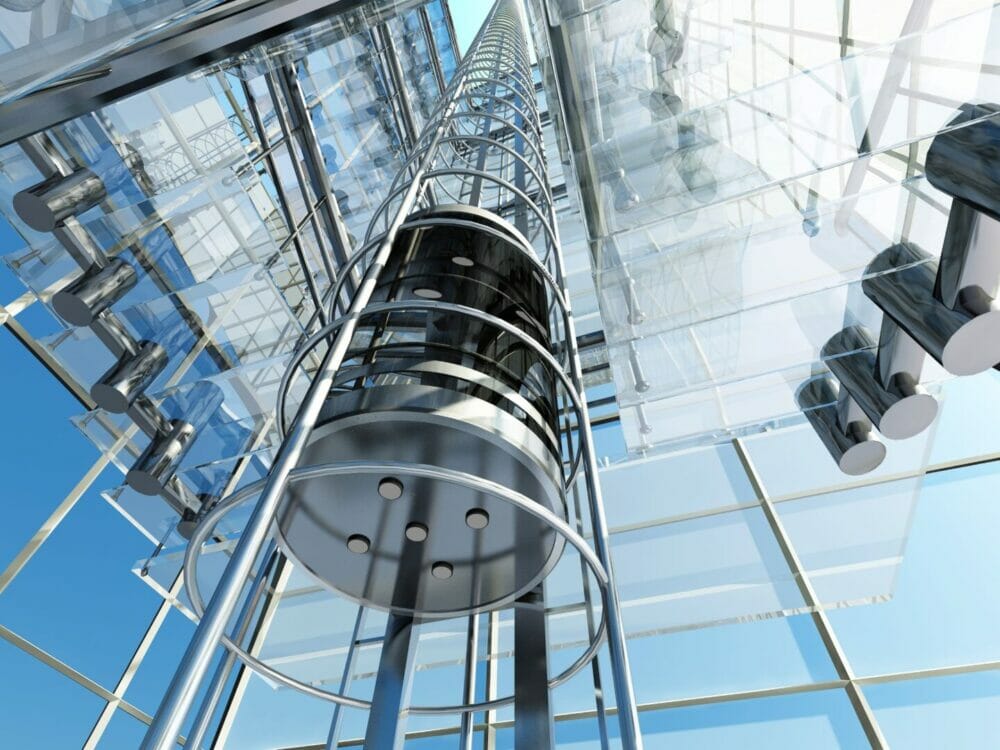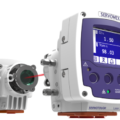~ How line regeneration can improve energy efficiency in elevator applications ~
The UK Government set an objective to halve the energy use of new buildings by 2030. It’s widely accepted in the industry that elevators represent between three to seven per cent of a building’s energy consumption, so the use of regeneration to improve the energy efficiency of elevators and escalators can play a part in achieving these targets. Elevators are designed for durability and daily use, but this doesn’t always guarantee efficiency. Here Brian Preston, general manager at elevator drive specialist CP Automation explores how regenerative braking systems can improve lift efficiency and help building owners enjoy significant benefits.
For building owners, improving an elevator’s ROI can mean one of two things. The first is modernisation — if an ageing lift frequently breaks down and becomes unreliable, upgrading to a newer lift system featuring advanced, intelligent control technology can help reduce operating costs, improve ride quality, and extend the lift’s life cycle. Then, there is the energy-saving element. This includes the use of low-energy lighting options, such as LEDs, and new gearless permanent magnet (PM) motor designs that use less electricity. Finally, regenerative drives that convert into useful power the energy that was traditionally lost as heat through dynamic braking resistors.
Implementing all, or some, of the above to meet certain Green Building rating systems can help building owners increase the rental value of their properties. Therefore, while they might not see an immediate ROI from the retrofitted components, the financial benefit becomes more tangible in the long-term.
Energy management
In most lifts, the counterweight is sized such that if a half load is placed in the cabin, and the mechanical brake is lifted, the lift doesn’t move. The counterweight is heavier than the cabin so, for example, with an empty lift cabin travelling up, the motor would overhaul and push energy backwards. Similarly, if the cabin is at full load and travelling downwards, it will be heavier than the counterweight — again, overhauling the motor.
When the motor overhauls, it requires negative torque and creates energy that would historically have been exported to resistors and lost as heat. Then, not only is the energy lost as heat, but further energy is required from building systems such as HVAC to manage the heat and keep the equipment cool. In elevator applications, this process occurs to a smaller or greater extent on every run and this energy must be properly managed to prevent drive faults and other equipment damage.
Building Research Establishment Environmental Assessment Method (BREEAM) is just one example of an assessment method that is used to determine the levels of sustainability of a building. Buildings that receive a high BREEAM rating will often benefit from lower running costs because they’re naturally more energy efficient. Also, the higher rating has the added benefit of creating a more pleasant working environment, so businesses are not only more likely to pay higher rates but also occupy those buildings for longer.
Efficient elevators with speeds >0.15m/s can contribute up to three BREEAM points by meeting the criteria published in the Energy section of the BREEAM assessment and, specifically, Ene 06. The use of regeneration on those elevators alone can contribute one of those points.
Line regeneration
We can’t turn the meter backwards, but we can slow the meter down and harness the excess energy, rather than seeing it go to waste. Regenerative braking systems like RegenAC reclaim the energy generated from the overhauling motor and supply it back to the three-phase AC power system so it can be used elsewhere in the building. This includes powering PCs, air conditioning or other electrical systems on site that draw their power from the wider energy network.
These regenerative systems are usually wired in parallel with the adjustable frequency drive either as part of a new control system or as a retrofit to an existing AC drive. Standby consumption is minimal and, in every application RegenAC will meet, for example, the BREEAM credit criteria for producing an energy saving greater than the standby energy used.
BREEAM credit aside, once a regenerative braking system has been installed, its return on investment (ROI) comes down to physics. For example, an elevator in a school with two floors could be used a handful of times each day. Meanwhile, in high-rise buildings, like the Shard, lifts are used by almost every visitor and every day. Therefore, the ROI will be shorter purely because these lifts are used more frequently and travel/regenerate for longer.
By working with an expert that understands how the whole lift system works, building owners can understand the cost benefits of different technologies and how they can help them achieve efficiency accreditations.
For advice on how you can improve the return on investment of your elevator, visit www.cpaltd.net/industries/elevator/.







